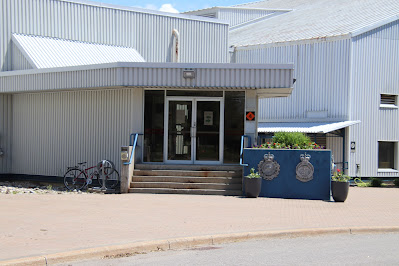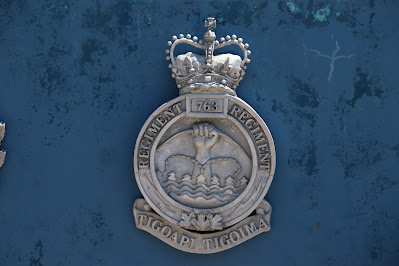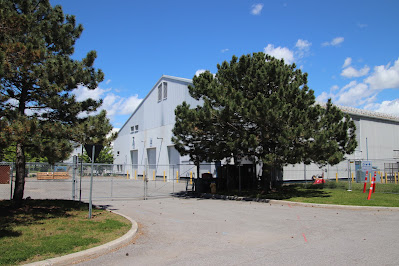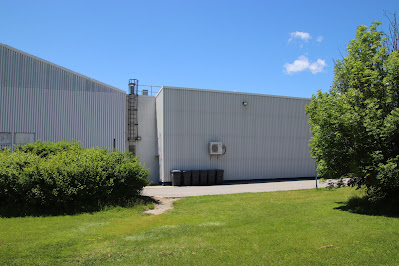The armoury named in honour of Major Edward James Gibson Holland occupies a location on the south side of Walkley Road about half way between Conroy road on the south side and Halifax Drive on the north side.
The Major E.J.G. Holland VC Armoury at 2100 Walkley Road, Ottawa houses the following regiments: 33 Signal Regiment / 33e Régiment des transmissions; 33 Combat Engineer Regiment / 33e Régiment Génie de Combat; 33 Service Battalion / 33e Bataillon des services; and 33 Military Police Platoon / 33e peloton de Police militaire. The armoury is named in honour of Edward James Gibson Holland (February 2, 1878 – June 18, 1948). Holland enlisted with the Royal Canadian Dragoons to serve in the Second South African War (October 11, 1899 – May 31, 1902). He shipped out in January 1900 with the rank of sergeant.
On November 7, 1900, at the Battle of Liliefontein, near the Komati River, a large force of Boer commandos sought to encircle a retreating British column whose rearguard comprised two troops of Royal Canadian Dragoons and two 12-pounder guns of “D” Battery, Royal Canadian Field Artillery. Sergeant Holland was in charge of an M1895 Colt–Browning machine gun firing between the two 12-pounders at a rate of 400 rounds per minute, helping to hold off the advancing Boers.
When Holland’s machine gun jammed, he knew that he could not leave it behind as the Boers, only a few dozen metres away, would unjam the machine gun and use it on the retreating troops. Holland lifted the 16 kilogram (35 pound) machine gun from its carriage — it was so hot that he burned his hands — and managed to awkwardly mount a nearby horse and race off with the gun tucked under one arm. The Boers followed, shooting at him for about 700 yards. For his part in saving the 12-pounders and denying the use of his machine gun to the enemy, Sergeant Holland was awarded the Victoria Cross, one of three awarded for separate incidents in this action.
During the visit to Canada of the Duke and Duchess of Cornwall and York, on September 21, 1901 in Ottawa, Holland received the Victoria Cross from the Duke of Cornwall and York, who was later crowned, King George V. The citation for Holland’s award of the Victoria Cross states, "Sergeant Holland did splendid work with his Colt gun, and kept the Boers off the two 12-pounders, by its fire at close range. When he saw the enemy were too near for him to escape with the carriage, as the horse was blown, he calmly lifted the gun off and galloped away with it under arm." His Victoria Cross is currently stored as part of the Archives and Collection of the Royal Canadian Dragoons at CFB Petawawa.
After he returned to Canada, Holland received a commission as an officer in his old Militia unit, the 5th Princess Louise Dragoon Guards. By the time he attested for the Canadian Over-Seas Expeditionary Force for service in World War I he had achieved the rank of major. During the First World War he commanded the Borden Motor Machine Gun Battery, serving in France.




































